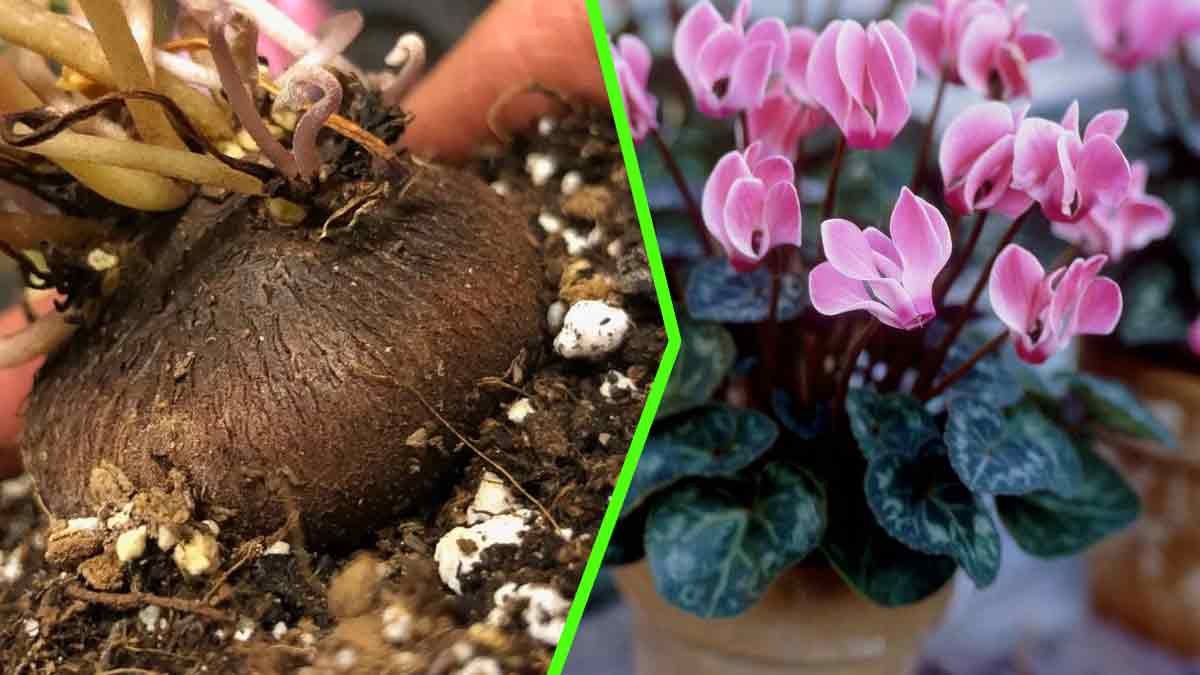For the species known as Persian cyclamen, although prolonged flowering can be seen in late spring, its lifespan has come to an end, and the plant now needs to rest.
The warmer months mark the beginning of dormancy, and it’s important to know what to do if you want to ensure cyclamen flowering starting from autumn. How to prepare cyclamens to face the state of dormancy?
Wait for the seeds to mature
After the flowering phase, the stems on which the flower rests begin to bear swollen balls. These are the cyclamen seeds. Let these balls mature gently and then open to release the seeds that you can use to reproduce a new plant. You can leave them in the same pot or harvest them and prepare them for planting in other pots to reproduce another cyclamen and have an abundance for the following winter season.
Clean the plant
Once the seeds have been produced, it’s time to thoroughly clean the tuberous body and prune the now withered stems and leaves. The cyclamen enters a dormant phase and will no longer produce leaves. What remains is the tuberous body.
Move your cyclamen
During the warmer months, it’s advisable to move your cyclamen to a sheltered place away from the sun’s rays. The scorching rays of summer could damage the tuberous bulbs, which are in a dormant state. Choose a cool and shaded place to shelter your dormant cyclamen.
Make sure not to place it in a too humid place as it could cause rotting of the tuberous bulb.
Reduce watering
Although it’s a hot month, once you have moved your cyclamen to a cool and shaded place, you won’t need to water it as often as before. Being in a resting phase, the cyclamen doesn’t need much water or nutrients. Excessive watering could cause rotting of the tuberous bulb. Water once every 20 days without overdoing it.
Stop using fertilizers
During the vegetative rest phase, suspend all types of fertilization. The cyclamen doesn’t need nutrients at this time, and an oversaturated soil is completely useless. Resume fertilizing the soil when the vegetative rest phase has passed to provide your plant with enough energy and nutrients to produce the first leaves.

